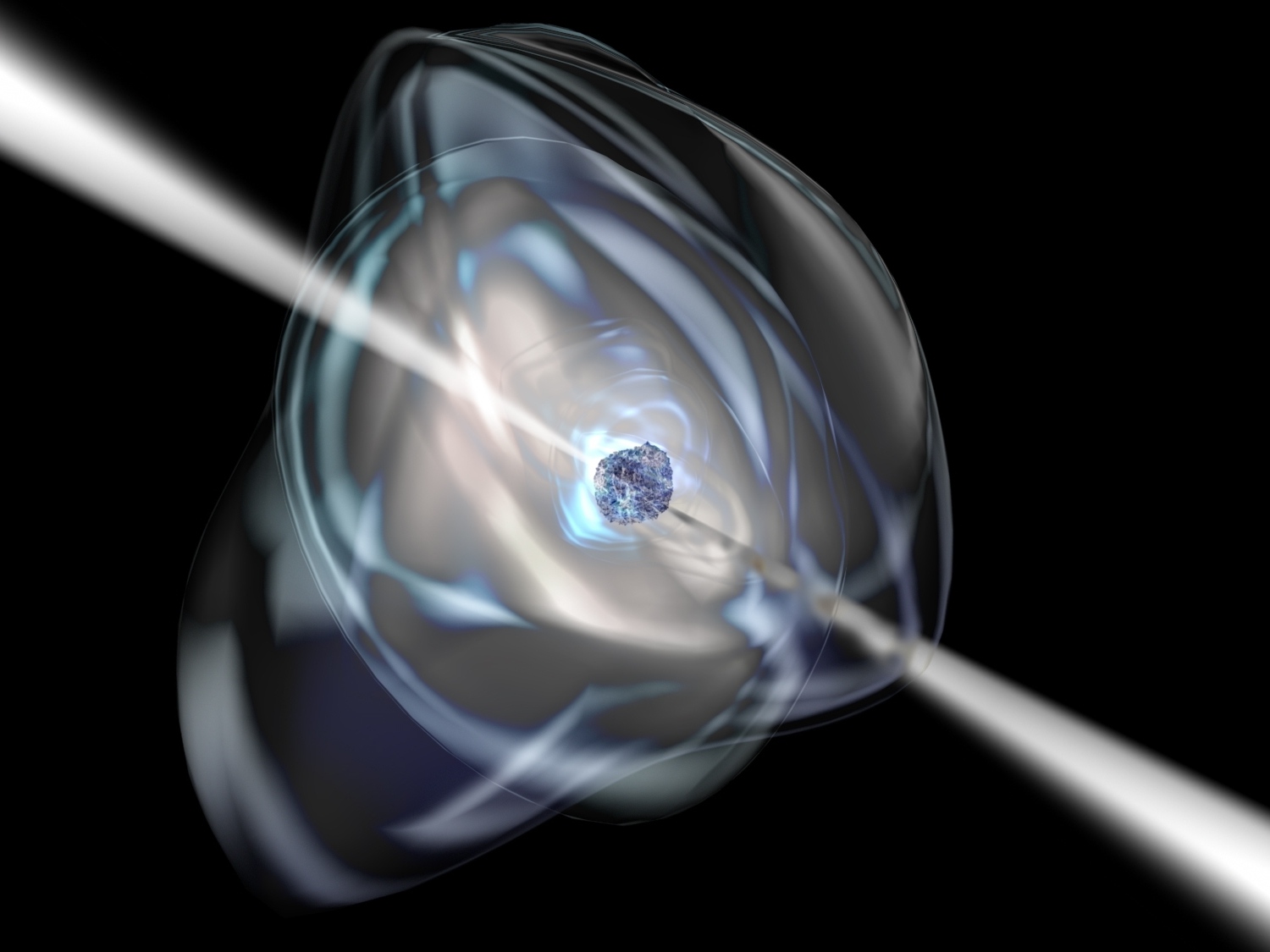
Central compact objects (CCOs) are some of the most mysterious and intriguing entities in the universe. Found in the centers of supernova remnants, these objects are believed to be neutron stars, but they exhibit unusual properties that set them apart from typical neutron stars and pulsars. What makes CCOs so unique? They lack the strong magnetic fields usually associated with neutron stars and don't emit the regular pulses of radiation seen in pulsars. Instead, they have weak magnetic fields and emit X-rays. Scientists are still trying to understand how these objects form and evolve. Why do they matter? Studying CCOs can provide insights into the life cycles of stars, the behavior of matter under extreme conditions, and the dynamics of supernova explosions. Dive into these 25 fascinating facts to learn more about the enigmatic world of central compact objects!
What Are Central Compact Objects?
Central compact objects (CCOs) are fascinating celestial bodies found in the centers of supernova remnants. These objects are typically neutron stars, which are the remnants of massive stars that have exploded. Let's dive into some intriguing facts about these mysterious entities.
-
CCOs are often found in the remnants of supernovae, the explosive deaths of massive stars.
-
Unlike pulsars, CCOs do not emit strong radio waves, making them harder to detect.
-
They are usually located in the center of a supernova remnant, hence the name "central compact objects."
-
CCOs have incredibly strong magnetic fields, although not as strong as those of magnetars.
-
These objects are incredibly dense, with a mass similar to that of the Sun but compressed into a sphere only about 20 kilometers in diameter.
How Do CCOs Form?
The formation of CCOs is a complex process that begins with the death of a massive star. When a star exhausts its nuclear fuel, it undergoes a supernova explosion, leaving behind a dense core.
-
CCOs are formed from the core collapse of massive stars during a supernova explosion.
-
The outer layers of the star are expelled into space, creating a supernova remnant.
-
The remaining core becomes a neutron star, which is what we observe as a CCO.
-
The exact mechanisms that lead to the formation of CCOs are still not fully understood.
-
Some theories suggest that the magnetic fields of CCOs may play a role in their formation.
Characteristics of CCOs
CCOs possess unique characteristics that set them apart from other neutron stars and celestial objects. These features make them a subject of intense study in astrophysics.
-
CCOs have relatively low magnetic fields compared to other neutron stars like magnetars.
-
They are often referred to as "anti-magnetars" due to their weaker magnetic fields.
-
CCOs are typically younger than other neutron stars, often only a few thousand years old.
-
They emit X-rays, which can be detected by space telescopes.
-
The X-ray emissions from CCOs are usually steady, unlike the pulsing emissions from pulsars.
Notable Examples of CCOs
Several well-known CCOs have been studied extensively, providing valuable insights into their nature and behavior. Here are some notable examples.
-
The CCO in the supernova remnant Cassiopeia A is one of the most studied.
-
Another famous CCO is located in the supernova remnant Puppis A.
-
The CCO in the supernova remnant Kes 79 has been observed to have a thermal X-ray spectrum.
-
The CCO in the supernova remnant G347.3-0.5 is known for its unusual X-ray emissions.
-
The CCO in the supernova remnant RCW 103 has shown periodic X-ray bursts.
Why Are CCOs Important?
Studying CCOs helps scientists understand the life cycles of stars and the extreme conditions in which these objects exist. Their unique properties provide valuable data for astrophysical research.
-
CCOs offer insights into the behavior of matter under extreme conditions.
-
They help scientists study the aftermath of supernova explosions.
-
Observations of CCOs contribute to our understanding of neutron star formation.
-
CCOs can provide clues about the magnetic field evolution in neutron stars.
-
They are essential for testing theories of stellar evolution and supernova mechanisms.
Final Thoughts on Central Compact Objects
Central compact objects (CCOs) are some of the most intriguing celestial bodies in our universe. These neutron stars, often found in supernova remnants, offer a glimpse into the life cycle of stars. Unlike pulsars, CCOs don't emit strong radio waves, making them harder to detect. Their magnetic fields are weaker, which adds to their mystery. Scientists believe CCOs could help us understand the extreme physics of neutron stars and the conditions following a supernova explosion.
Research on CCOs is ongoing, with new discoveries shedding light on their properties and behaviors. These objects remind us how much there is still to learn about the cosmos. As technology advances, we can expect to uncover even more fascinating details about CCOs and their role in the universe. Keep an eye on this field; it's bound to reveal some cosmic surprises.
Was this page helpful?
Our commitment to delivering trustworthy and engaging content is at the heart of what we do. Each fact on our site is contributed by real users like you, bringing a wealth of diverse insights and information. To ensure the highest standards of accuracy and reliability, our dedicated editors meticulously review each submission. This process guarantees that the facts we share are not only fascinating but also credible. Trust in our commitment to quality and authenticity as you explore and learn with us.
